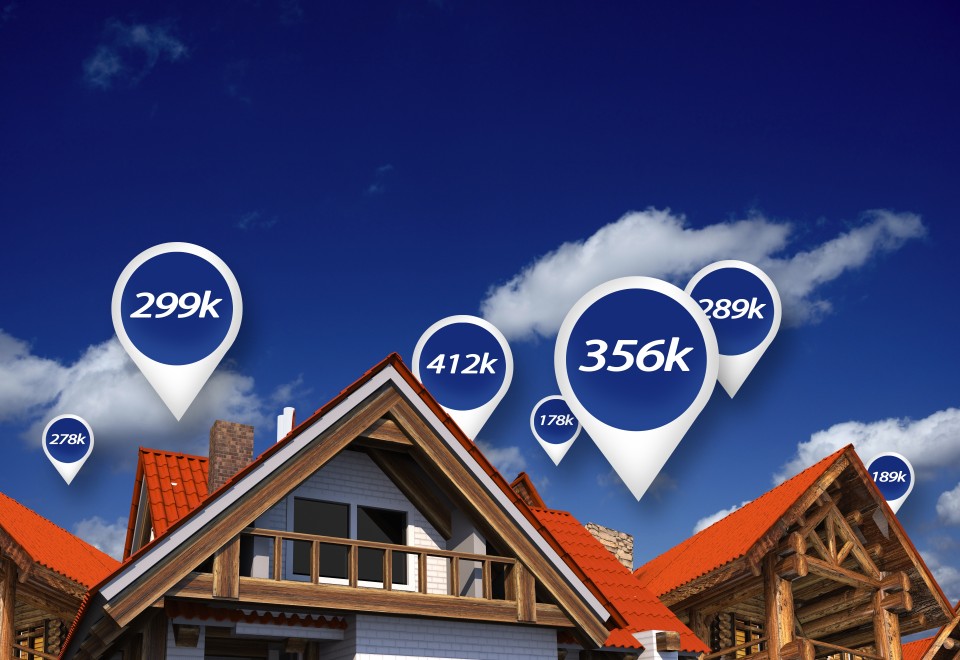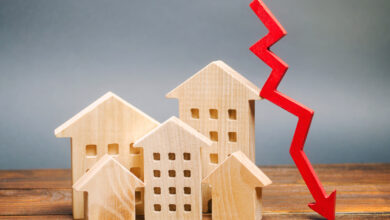Whether you’re a real estate investor or someone who is looking for a new home to purchase for your own living situation, you may have found yourself experiencing sticker shock over the price of homes.
According to studies, the average price of a home in the United States in March of 2021 was 13.2% higher than comparable sells in March of 2020. With such sharp year-over-year increases, many buyers are left wondering if the housing market is ever going to return to normal and why prices have gone up so much. When the Covid-19 pandemic (more on that factor in a moment) ravaged much of the economy, many experts assumed the real estate market would dry up as well. However, that hasn’t been the case, as prices are higher than ever. There are several causes, but we are going to look at some of the most prevalent.
There isn’t a single industry anywhere in the world that hasn’t been impacted by the Covid-19 pandemic and the real estate industry is certainly no different. However, while other industries have struggled through the pandemic, real estate seems to have gone the other way. As we mentioned above, housing prices are higher than ever, especially in areas where that wasn’t the case just a couple years ago. When the Covid-19 pandemic really kicked into high gear, many people made the decision to move from close-quartered, metropolitan areas into places where social distancing was a bit easier. With an influx of people leaving cities where they ride on crowded buses and subways, an increase in demand for these homes naturally created higher prices.
Covid also impacted homeowners, as many took advantage of lower interest rates and refinanced their homes. Even the ones who didn’t refinance didn’t seem as willing to sell their homes, which had led to a reduced number of homes on the market. This certainly doesn’t mean that Covid has been beneficial on any front, but it is impossible to ignore the way that it has led to a boost in home prices.
Speaking of Inventory…
Every industry operates on the laws of supply and demand. If you make a good or product (the supply) and there is no market for it (the demand), it won’t take long for you to go out of business. Conversely, if you produce something but there are more people wanting that product than number of items you have available, you can raise your price significantly. The laws of supply and demand have been driving the economy of every civilization since the dawn of time. Currently, there is not enough housing inventory on the market. At the end of April of 2021, there was only 1.16 million homes for sale in the United States, a 20.5% decrease from April of 2020.
As we already discussed, when there isn’t enough of a product or service on the market, the price of the available inventory automatically goes up. The current real estate market is a great illustration of the laws of supply and demand. Right now, there are more buyers than sellers on the real estate market. That means that sellers can charger a higher price than usual for their homes. If you’re selling, that’s great news. However, if you’re looking to purchase a home, it means that you’ll either need to wait for things to get back to normal or you’ll have to pay a higher price while ending up in a bidding war.
A Lack of New Homes
One of the most effective ways to get homes for sale is to have new homes built. In most cases, there are enough homes built every year that existing homes can be listed for sale and the market continues to cycle through. However, industry experts have pointed to the fact that new homes simply aren’t being built at a fast enough pace to meet the ongoing housing needs of the United States. At its recent lowest, the housing inventory only had three-and-a-half months of housing inventory. That means that without new homes being built, the US housing industry would completely dry up in 14 weeks.
Part of the reason for this shortage of new homes being built is an increase in lumber prices. In fact, lumber prices have gone up by more than 377% over the course of the last 14 months! With a sudden spike in the price of lumber, home builders have had to significantly raise their prices, which has led to more people deciding to wait to have a new home built.
Lower Interest Rates
In order to help keep the economy afloat, Washington D.C. policymakers lowered the interest rates significantly. In fact, interest rates are currently the lowest they’ve ever been. When it costs less money to obtain a mortgage, people are more likely to borrow the funds necessary to purchase a home. This concept ties back into our previously discussed principle of supply and demand.
Homes prices have gone up because there are more people with the money that they need to purchase a home. With a sudden influx of new buyers in the market, there is more competition for each home. A few years ago, you could find a good home, make a fair offer and have a good chance of having it accepted. However, now your fair offer is likely to be one of many fair offers that a seller receives. Multiple offers always favor sellers as bidding wars are the next logical step. Until interest rates go back up (which may not happen anytime soon), you should assume that every property is going to receive multiple offers.
Blaming Millennials Again
Blaming millennials for virtually every issue has become a point of parody in culture, so the opportunity to do so when discussing the increase in housing prices is too good to pass up. While it is a bit tongue in cheek to “blame” millennials, it is worth noting that they are currently the most active demographic in the homebuying market. Studies indicate that millennials are drawn to suburban or mixed-use areas, which are coincidently areas that have seen the most significant rise in home prices. With million of millennials in the market for new homes, it’s safe to assume that the number of potential buyers won’t be decreasing anytime soon.
By all accounts, the current trajectory of the United States housing market isn’t going to change anytime soon. The government has put programs in place to stabilize the economy in the face of the ongoing pandemic. These programs make it easier for people to purchase homes, leading to a major increase in prices. If you can wait to purchase a home, that’s wonderful. However, if you need to move now, you should be prepared to pay more for a home than you would have just a couple years ago.






